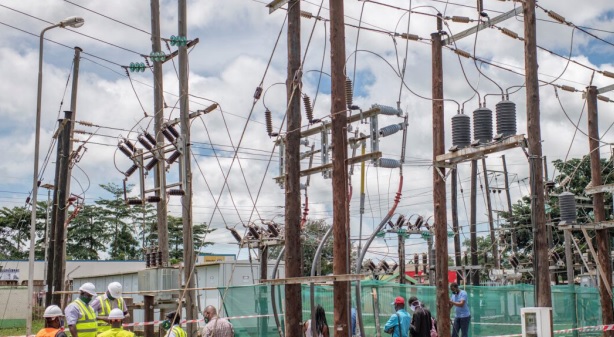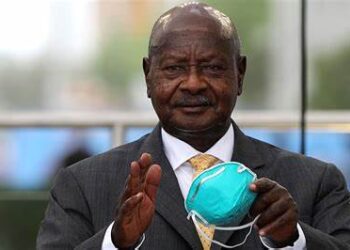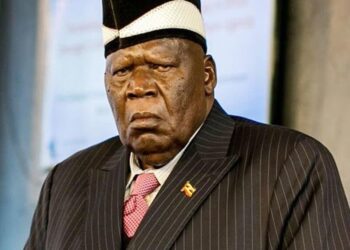By THE INDEPENDENT UG
Nevertheless, the company has declared a 22.4% increase in its dividend payout, translating to Sh 78.2 per ordinary share as concession draws closer
Kampala, Uganda | THE INDEPENDENT | Uganda’s electricity distribution company, Umeme, has reported a significant decrease in its net profit, plummeting from Shs 148 billion in 2022 to just Shs 12 billion last year. This decline is largely attributed to the alignment with International Financial Reporting Standards (IFRS) on the amortization of fixed assets as the company approaches the end of its 20-year concession in March 2025.
The amortization and impairment charge for the year surged, nearly tripling from Shs 160 billion to Shs 442 billion. Interestingly, despite the dip in profitability, Umeme has declared a 22.4% increase in its dividend payout, translating to Shs 78.2 per ordinary share, inclusive of an interim dividend of Shs 24.0 per share disbursed in February 2024.
Umeme recorded a 16.4% rise in revenue, reaching Shs 2.2 trillion in 2023, buoyed by a 9.6% surge in electricity demand, a 5% hike in the average tariff approved by the industry regulator, Electricity Regulatory Authority, and increased income from electricity distribution construction services
Simultaneously, the cost of sales ascended by 15.5% to Shs 1.45 trillion, propelled by an 8.8% increase in the volume of electricity purchased and a 4.4% rise in the bulk supply price.
The cost related to construction services escalated to Shs 122 billion, up from Shs 89 billion the previous year. However, Earnings Before Interest, Taxation, Depreciation, and Amortisation (EBITDA) experienced an uptick, moving from Shs 385 billion to Shs 483 billion, a reflection of improved gross margins and operating efficiencies.
Future outlook
Umeme’s Managing Director, Selestine Babungi, said the company’s key priority areas going forward include continued investment in distribution systems, maintenance of infrastructure, retail services, technical capacity development, grid expansion, and efficiency enhancements.
“Our results mirror our commitment to delivering value across all fronts – to our customers, the government, shareholders, and stakeholders at large,” Babungi remarked.
Highlighting the year’s achievements, Babungi noted a 9.6% growth in electricity demand, reaching 4,219 GWh, spurred by a 10.9% increase in customer grid connections, enhanced supply reliability, reduced energy losses, and overall demand.
Sales across various customer categories witnessed healthy gains, with domestic households, commercial, mediumindustrial, and large industrial segments seeing increases between 8.8% and 11.7%.
He said the company connected 191,874 new customers to the grid, marking a 58% growth and expanding its customer base to 1.95 million, with support from government partnerships and subsidies aimed at reducing last-mile connection costs.
Looking ahead, Babungi underscored the company’s focus on expanding and reinforcing the distribution network to match the growing demand and grid connections. He also pointed to the importance of commissioning new generation and transmission projects to avoid medium-term generation capacity constraints.
“Together, over the last 19 years, we have rebased Uganda’s electricity sector into an operationally efficient and commercially viable industry, attracting both private and public investments to meet the country’s electricity needs,” he said.
“ We believe the government and other sector players shall build on this foundation to further propel the country in achieving its national electrification goals outlined in the Third National Development Plan.”







Discussion about this post